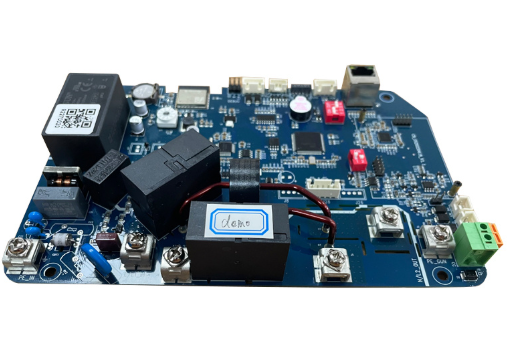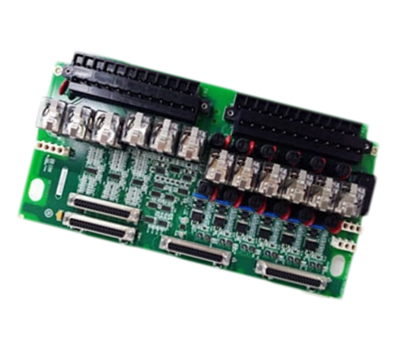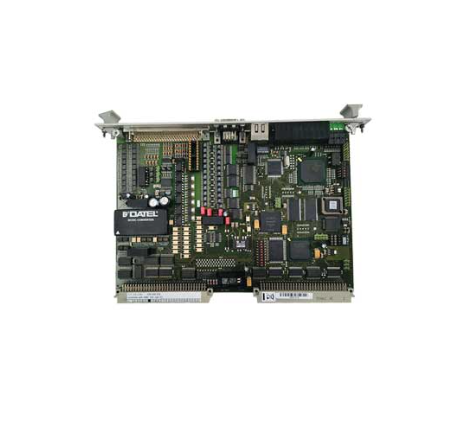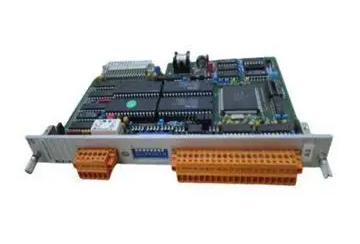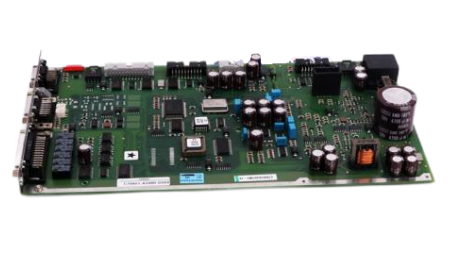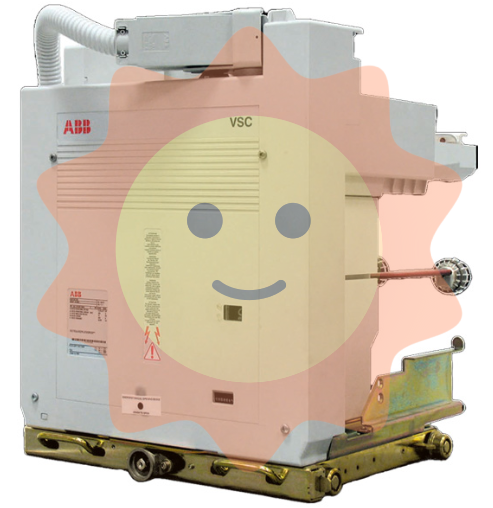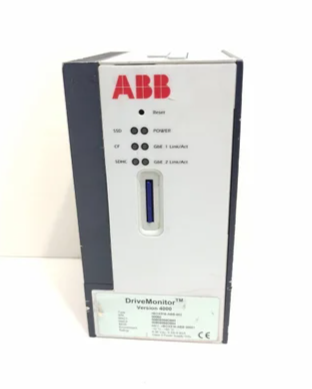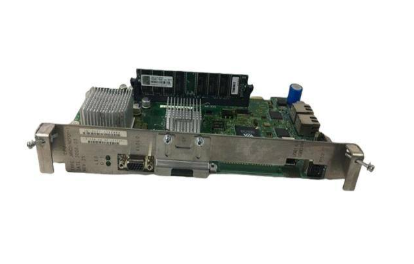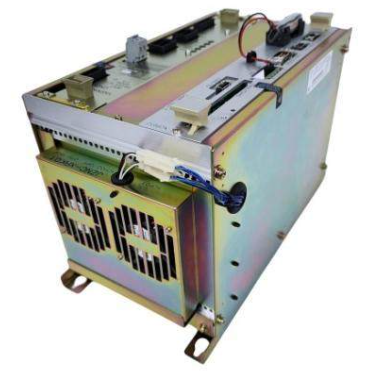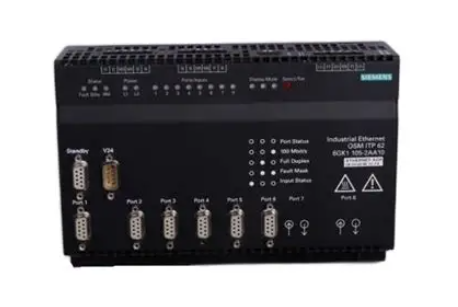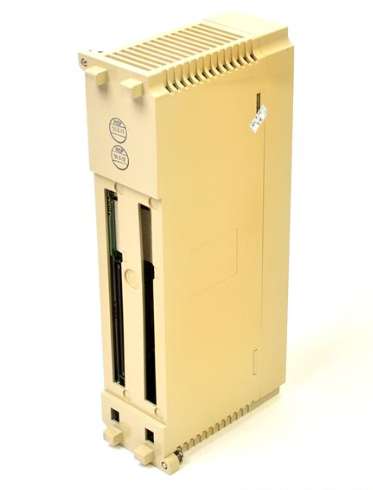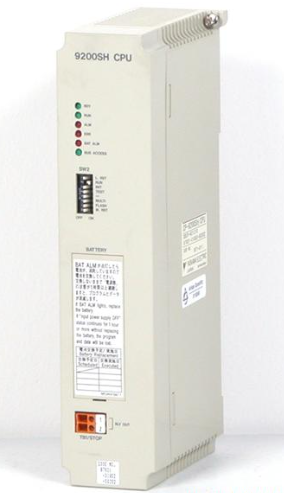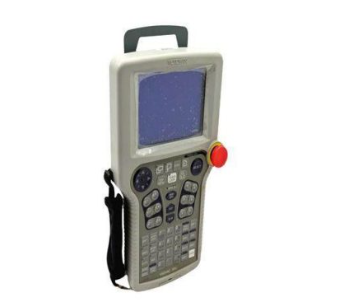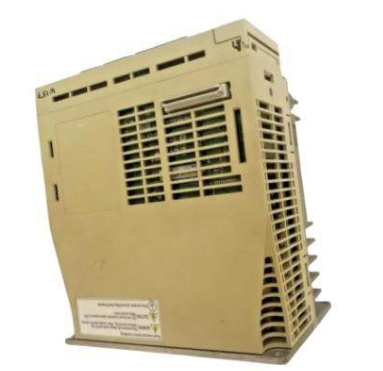ABB Advant Controller 450 User’s Guide
ABB Advant Controller 450 User’s Guide
I. Product Overview
1. Functional purpose: Advant Controller 450 is a programmable system for industrial automation,
which can realise logic, sequence, positioning, regulating control and other functions, and can handle a large number of input
and output signals, and is suitable for a variety of industrial scenarios,
and can be operated independently or as an integrated controller for distributed control systems.
2. Product structure: It consists of CPU, communication sub-module, system software backup sub-module, backup power supply, etc.
It supports a variety of I/O systems (S100 I/O, S400 I/O, S800 I/O) and is connected through different buses.
The software contains basic system programme module and function library programme module, which can be selected according to requirements.
3. Communication capability: It supports various communication protocols such as MasterBus 300/300E, GCOM, Advant Fieldbus 100, etc.,
which can communicate with many kinds of devices to achieve data exchange and system integration.
4. Version information: The product version is expressed in the form of Advant Controller 450 ∗X.Y/Z,
and the software module also has the corresponding version number. Different versions have different new functions,
such as ∗ 1.0 version adds more powerful CPUs, etc., and ∗ 2.0 version adds redundant S100 I/O buses.
II. Installation Guide
1.Site Planning
Environmental requirements:
The temperature, humidity, vibration and electromagnetic compatibility of the installation environment are required,
and cabinets with different protection levels (IP21, IP41, IP54) are suitable for different environments.
Space layout: the size and shape of the control room, lighting, the weight of the equipment on the floor requirements, etc.,
while reserving space for equipment movement and maintenance.
Power supply:
AC (120/230V) or DC (24 - 48V) power supply can be used, redundant power supply options are available,
attention should be paid to grounding and power distribution.
2.Installation Steps
Equipment Installation:
Install cabinets and subracks according to the standard layout to ensure the stability of the equipment,
pay attention to the distance between cabinets and the installation order.
Wiring and grounding:
Follow the wiring rules when connecting all types of cables, pay attention to signal shielding and grounding,
and different types of cables have different grounding requirements.
Safety Measures:
Strict safety regulations should be followed during installation to prevent electrostatic discharge and electrical accidents
and to ensure the safety of personnel and equipment.
3.Start-up process
Preparation:
Check the connection and configuration of the equipment to ensure that there is no looseness or error.
Start-up operation:
Turn on the power in sequence, set the start-up mode, initialise and configure the system, and connect the engineering station for subsequent operations .
Verification test: check the system status after startup, carry out function test to ensure normal operation of the system.
III. Configuration and Application Construction
Design considerations:
including hardware selection, software function module selection, CPU load calculation, memory calculation, etc.
The system configuration should be determined according to the actual requirements.
Technical data:
covers the technical parameters of each part of the system, such as CPU performance, memory capacity, I/O system capacity, communication, and so on.
IV. Basic hardware parameters
(i) Central processing unit (CPU)
Model and performance:
Processor modules such as PM511v16 are used. With a net depth/length of 274.5mm, a net height of 27mm, a net width of 270mm,
and a net weight of 0.8kg, this processor module has a powerful computing power,
with a processing power index of 3 - 4 (a significant increase compared to the masterpiece 200 and the Advant Controller 410),
and can efficiently execute all kinds of control programmes.
Memory Configuration:
The main memory is available in 8MB or 16MB options,
with about 5.4MB (corresponding to 8MB main memory) or 13.4MB (corresponding to 16MB main memory) for application memory,
which provides sufficient memory space to ensure the smooth operation of complex industrial control programmes
and the processing of large amounts of data.
Redundancy design:
Supporting redundant CPU boards (such as PM 511), up to two redundant CPU modules can be installed.
When the main CPU fails, the backup CPU can be switched over quickly and seamlessly,
and the switchover time is less than 25 milliseconds, ensuring uninterrupted operation of the system,
which greatly improves the reliability of the system and meets the stringent requirements of industrial production for high stability.
(II) Power supply unit
Input power supply type
DC input: Supports direct (non-isolated) 24V DC input; 24/48V DC input through isolated DC/DC converter.
AC input: 120/230V AC (isolated) power supply can be accessed, power frequency range is 47 - 63Hz,
- EMERSON
- Honeywell
- CTI
- Rolls-Royce
- General Electric
- Woodward
- Yaskawa
- xYCOM
- Motorola
- Siemens
- Rockwell
- ABB
- B&R
- HIMA
- Construction site
- electricity
- Automobile market
- PLC
- DCS
- Motor drivers
- VSD
- Implications
- cement
- CO2
- CEM
- methane
- Artificial intelligence
- Titanic
- Solar energy
- Hydrogen fuel cell
- Hydrogen and fuel cells
- Hydrogen and oxygen fuel cells
- tyre
- Chemical fiber
- dynamo
- corpuscle
- Pulp and paper
- printing
- fossil
- FANUC
- Food and beverage
- Life science
- Sewage treatment
- Personal care
- electricity
- boats
- infrastructure
- Automobile industry
- metallurgy
- Nuclear power generation
- Geothermal power generation
- Water and wastewater
- Infrastructure construction
- Mine hazard
- steel
- papermaking
- Natural gas industry
- Infrastructure construction
- Power and energy
- Rubber and plastic
- Renewable energy
- pharmacy
- mining
- Plastic industry
- Schneider
- Kongsberg
- NI
- Wind energy
- International petroleum
- International new energy network
- gas
- WATLOW
- ProSoft
- SEW
- wind
- ADVANCED
- Reliance
- YOKOGAWA
- TRICONEX
- FOXBORO
- METSO
- MAN
- Advantest
- ADVANCED
- ALSTOM
- Control Wave
- AB
- AMAT
- STUDER
- KONGSBERG
- MOTOROLA
- DANAHER MOTION
- Bently
- Galil
- EATON
- MOLEX
- Triconex
- DEIF
- B&W
- ZYGO
- Aerotech
- DANFOSS
- KOLLMORGEN
- Beijer
- Endress+Hauser
- MOOG
- KB
- Moxa
- Rexroth
- YAMAHA
- Johnson
- Westinghouse
- WAGO
- TOSHIBA
- TEKTRONIX
- BENDER
- BMCM
- SMC


Email:wang@kongjiangauto.com





